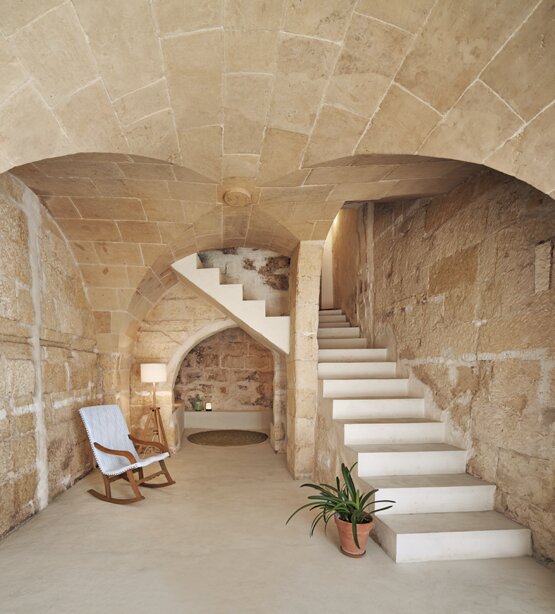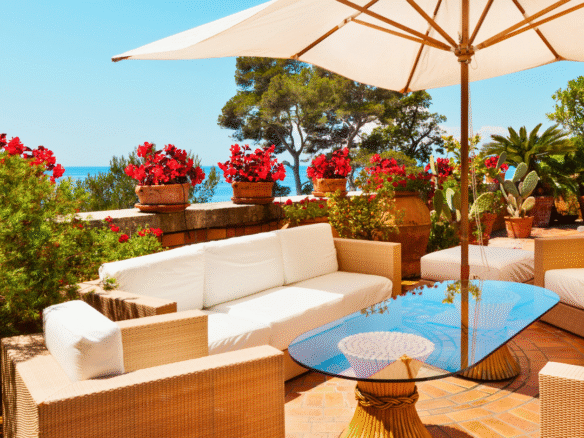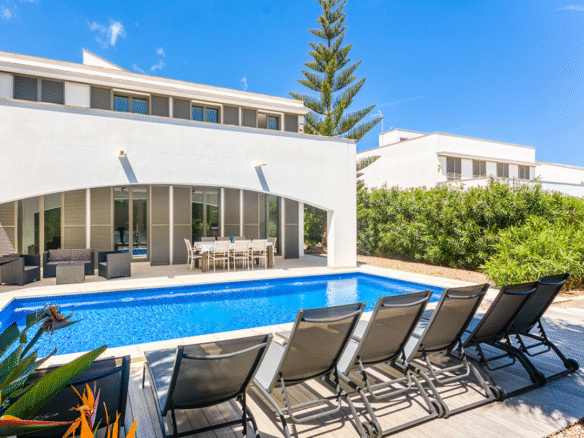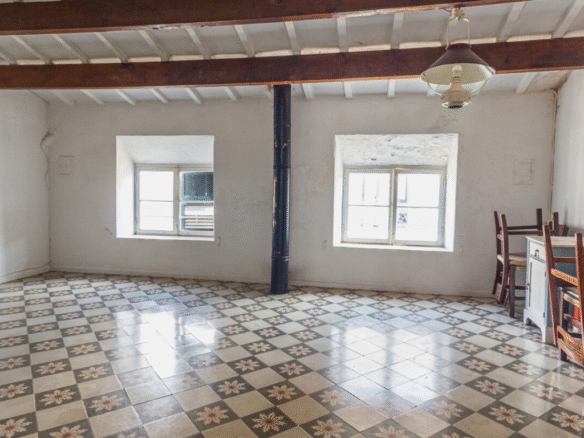We all need to live more sustainably — and that includes how we design, build and live in our homes.
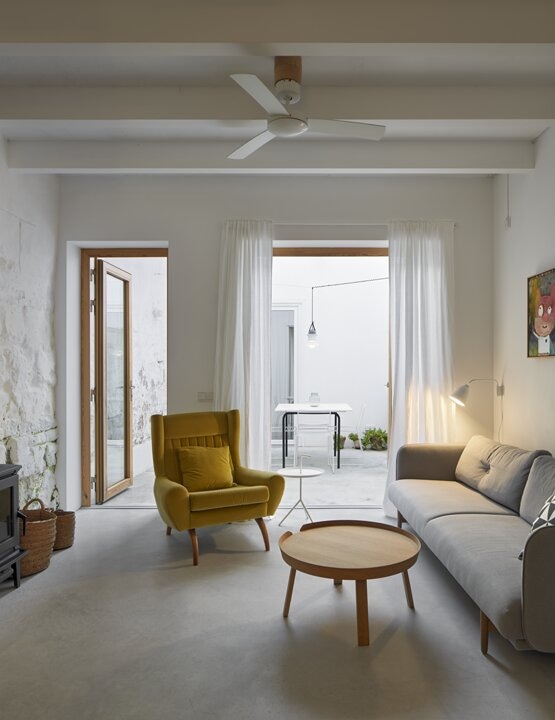
Menorcan Architect Emma Martí, who has trained in sustainable architecture, geobiology and green building, outlines some of the ways we can make the places we live in more environmental.
First of all, it’s important to distinguish between energy efficient homes (those that minimise energy consumption and therefore the burning of fossil fuels) and sustainable homes which aim to reduce energy demands through the use of construction materials that are natural, toxin-free and locally-produced, to minimise emissions from transport.
Wile both contribute to reducing negative impact on the environment, the cost of building sustainably is often prohibitive, but there are certain principles and practices that can be incorporated into all types of homes to make them more planet-friendly.
Simple Changes
We all have the ability to make our homes more energy efficient with some simple changes. Being mindful of our energy usage is a good first step. Then, of course, there is the option of installing solar panels to generate our own clean energy. Biomass heaters and boilers, which use pellets, almond shells or olive pips for fuel, are a good option for heating with renewable energy.
Subsidies are currently available for both solar panels and biomass heaters.
Improving the building envelope, such as changing the windows and insulating roofs or exterior walls is obviously a more costly process, but good insulation is key to lowering energy consumption.
Responsible Renovations
When refurbishing older buildings, it’s desirable to use natural materials. However, in Menorca, while many traditional building materials are natural, they are not renewable. Re-using existing materials (floor tiles, roof tiles, woodwork, stone) is one option. Another is to use natural materials such as cork or wood chip insulation, natural paints and varnishes, lime or clay mortar, wood framing and wood or ceramic floors. Although the production of these materials has a lower carbon footprint, they have to be shipped in, which turn causes emissions from transport. A combination of repurposed traditional materials, and imported natural, renewable materials is therefore often the best compromise.
Designing for Energy Efficiency
The design of a building will have a big impact on how energy efficient it is. There are numerous bioclimatic strategies that can be incorporated at the design stage to ensure a building requires less energy to heat and cool it.
Orientation is key, and buildings should be oriented to maximise solar radiation for both lighting and heat, and to allow for cross-ventilation to help cool interiors at hotter times of year.
In a Mediterranean climate, the south side of a building receives the most sun throughout the year, so this is where living rooms should be located. Large openings on this face will allow natural light in while pergolas or porches will shade the interiors from direct sun in the summer, but let it in in winter, when the sun is lower in the sky.
Because the west side receives the most sun, it’s a good idea to reduce the size of openings here or plant deciduous trees to shade it in summer while the east side receives no solar radiation after midday, making it a good location for bedrooms. The north side of a building is the coldest, and is the best place to have a workshop or studio.
Whether you’re building, renovating or simply looking for ways to reduce your home’s carbon footprint, some simple strategies and substitutions can go a long way.
